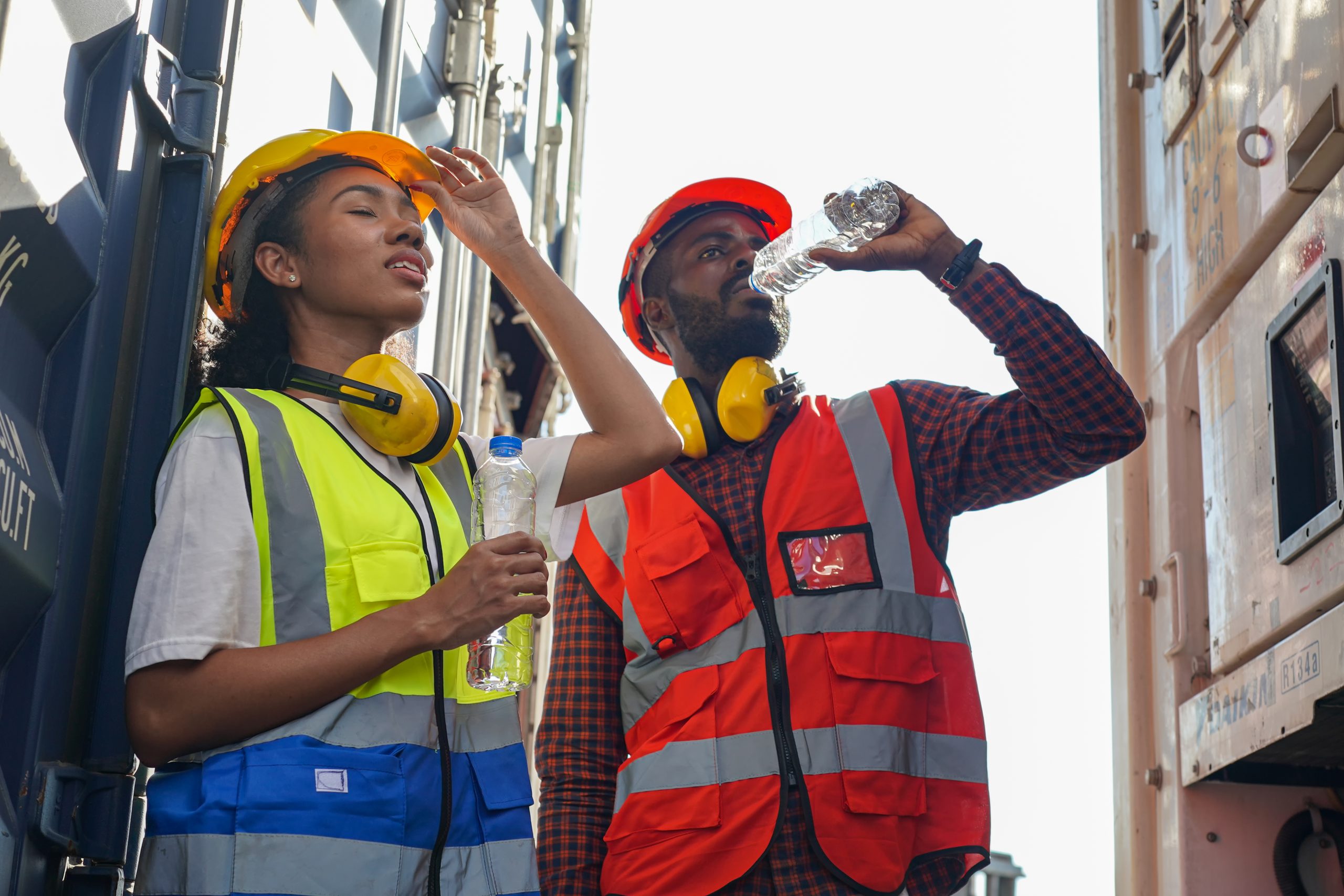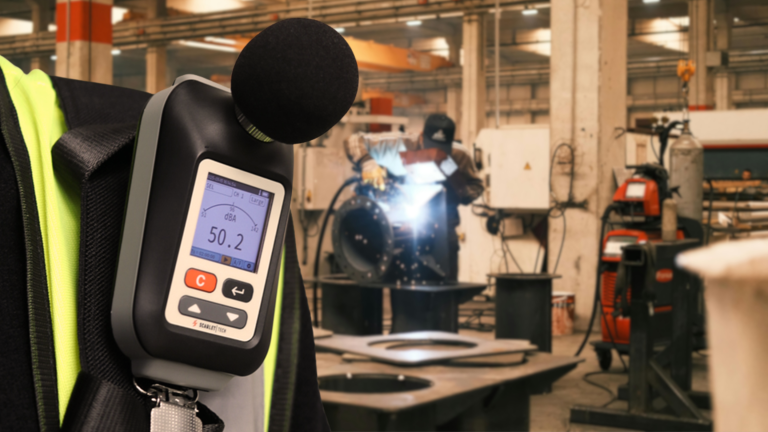As global temperatures rise, heat stress has become a significant occupational hazard, particularly in industries like construction, agriculture, manufacturing, and warehousing. Between 2011 and 2020, over 400 workers in the U.S. died from heat exposure, with thousands more suffering serious illnesses. The economic impact is substantial, with estimates suggesting over $100 billion lost annually due to heat-related productivity declines, healthcare expenses, and liabilities.
The Rising Risk of Heat Stress at Work
Heat stress is rapidly becoming a leading workplace safety concern. According to OSHA, thousands of workers suffer from heat-related illnesses annually, and dozens of deaths occur—many of which are preventable. The Centers for Disease Control and Prevention (CDC) estimated that heat-related illnesses cost U.S. employers over $220 million annually in lost productivity.
Climate change is extending high-heat seasons, exposing more industries like agriculture, construction, and warehousing to serious risks. Extreme heat can cause dehydration, heat exhaustion, and heat stroke, leading to hospitalization or death. Without proactive measures, these risks will keep growing. Employers must act now to protect workers and minimize the rising financial and health impacts of workplace heat stress.
Overview of OSHA’s Proposed Heat Rule
In response to the escalating threat of workplace heat hazards, the Occupational Safety and Health Administration (OSHA) has introduced the first-ever national standard specifically targeting heat stress. OSHA’s proposed rule, unveiled in 2024, marks a major step forward in strengthening protections under the broader scope of heat stress OSHA initiatives. Currently progressing through public comment and review phases, the final rule is anticipated by 2025–2026.
The new OSHA heat regulations mandate proactive measures to shield workers from dangerous temperature exposures, both indoors and outdoors. By setting clear employer responsibilities and actionable steps, these regulations aim to significantly reduce the risk of heat-related illnesses and fatalities across all industries.
What Employers Need to Know
Under the proposed rule, employers are expected to take proactive steps to prevent heat-related illnesses. This includes identifying heat hazards, developing a site-specific prevention plan, providing basic protections like water and shade, and ensuring all workers and supervisors receive proper training. While these duties may require operational adjustments—such as changing shift schedules or investing in cooling infrastructure—early compliance can reduce risks, improve morale, and demonstrate a strong commitment to workplace safety.
Key Provisions and How to Comply

Hazard Identification
Employers must use objective metrics like the heat index and Wet Bulb Globe Temperature (WBGT) to evaluate risks. This involves monitoring environmental conditions regularly and identifying high-risk roles and tasks. For instance, outdoor workers in construction or agriculture and indoor workers in warehouses without adequate cooling are particularly vulnerable. Employers should also consider factors like humidity, radiant heat sources, and workload intensity.
Heat Illness Prevention Plan (HIPP)
Each employer must craft a site-specific HIPP, including:
- Hydration: Ensure workers drink at least one quart of water per hour during hot conditions.
- Rest and Shade: Provide shaded or cooled rest areas and schedule regular breaks.
- Emergency Response: Establish clear protocols for responding to heat-related illnesses.
- Acclimatization: Gradually acclimate new or returning workers to hot conditions, following guidelines such as the “Rule of 20 percent,” which suggests starting with 20% of the normal workload and increasing gradually.
Worker Protections
Employers must implement measures to protect workers from heat stress, including:
- Water Access: Provide unlimited access to potable drinking water that is fresh, pure, suitably cool, and located as close as practicable to the areas where employees are working.
- Shade and Rest Areas: Ensure shaded or air-conditioned areas are available for rest breaks.
- Rest Breaks: Implement mandatory rest periods triggered by specified temperature thresholds.
- Monitoring: Observe employees for signs of heat illness and take immediate action when symptoms are detected.
Training Requirements
Training programs are crucial for both workers and supervisors. Workers must learn to identify early symptoms like cramps, dizziness, and nausea, while supervisors must be trained to monitor conditions and intervene when necessary. Training should also include clear emergency action steps and be reinforced regularly to maintain a culture of heat safety.
Monitoring and Recordkeeping
During periods of high heat risk, employers should:
- Use Monitoring Tools: Implement buddy systems or conduct site heat management by monitoring heat stress indices such as temperature, humidity, radiant heat, and more.
- Maintain Records: Keep thorough records of training sessions, risk assessments, heat-related incidents, and compliance actions.
- Compliance Documentation: Use technology, like mobile apps and connected sensors, to ensure timely responses and document compliance. Documentation will also serve as evidence of compliance during any OSHA inspection..
Stay Ahead of the Rule: Use a Heat Stress Monitoring Solution
Smart companies will act now rather than wait for final mandates. One way to stay ahead is by adopting a real-time monitoring solution like the Scarlet TWL-1SV Heat Stress Meter.
This device measures WBGT and heat index conditions, providing instant alerts to help supervisors act before heat risks become emergencies. By leveraging tools like the Scarlet TWL-1SV, employers can show a proactive commitment to worker safety and avoid costly penalties down the line.
The introduction of the “heat stress OSHA” rule signals a new era for workplace safety. Instead of reacting to heat incidents, employers must plan, train, monitor, and protect their teams proactively. Meeting “OSHA heat regulations” won’t just fulfill a legal obligation; it will demonstrate a company’s commitment to health, safety, and operational excellence.
Contact Scarlet Tech today to learn more about implementing a real-time heat stress monitoring system at your worksite.



